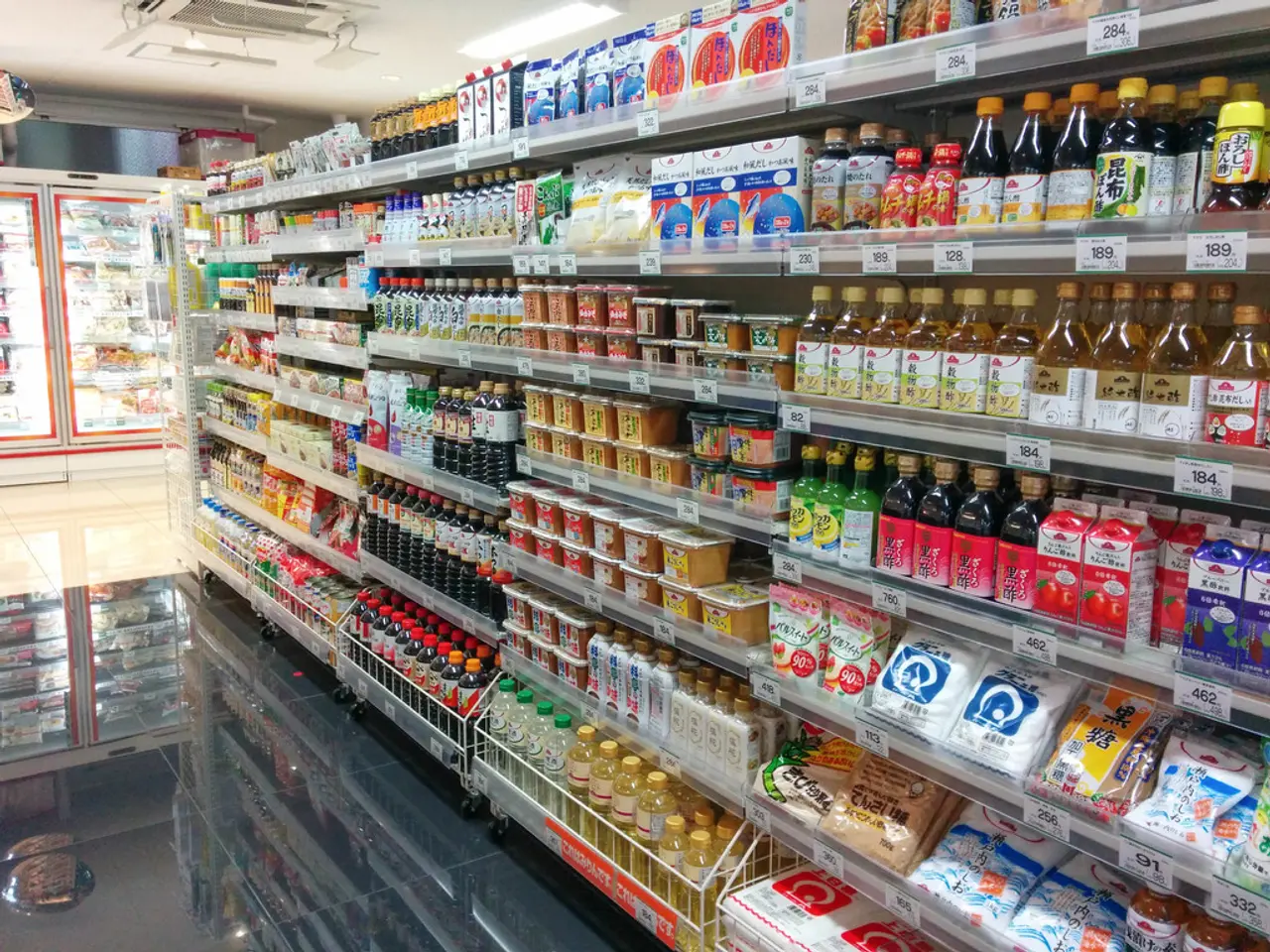Escalating Inflation Reaches 2.7% in U.S. due to Tariff Factors
Tariffs Take a Toll on U.S. Retail Sector
Tariffs are causing ripples in the U.S. retail sector, with electronics and home furnishings feeling the brunt of the impact. In July 2025, these sectors experienced a decline in sales, adjusted for inflation, by 2% and 1.1% respectively.
The increased tariffs have led to a significant rise in input costs for importers, with the average effective tariff rate across many goods hitting over 19%. This has resulted in higher retail prices, particularly in categories like electronics and home goods that are heavily dependent on international sourcing.
Companies like General Motors are facing profit pressures due to these tariffs, with the automaker reporting a $1.1 billion loss in second-quarter earnings. To counteract these losses, General Motors, along with other retailers, has implemented price increases, cost-cutting measures, and supply-chain adjustments.
The rise in inflation, which reached 2.7% in June 2025, is largely attributed to these new tariffs. The increase is particularly evident in core goods, which have seen a two-year high in price hikes.
Economists and trade experts anticipate more widespread price hikes as companies can no longer absorb tariff-related costs indefinitely. While some major retailers like Home Depot have initially resisted raising prices, the expectation is that this trend will continue as costs mount.
The broader economic environment is also feeling the effects of these tariffs. Analysts forecast slower U.S. GDP growth (around 1.3% for 2025) and increased inflation (core PCE inflation rising to approximately 3.1%), partly driven by tariff-driven cost pressures in consumer sectors like retail.
However, there is some potential fiscal relief on the horizon. The "One Big Beautiful Bill," which introduces extended and new tax cuts funded partly by tariff revenue, may offer some relief. The extent of this revenue remains uncertain, but it could help alleviate some of the financial strain on retailers.
As the full impact of tariffs begins to surface, economists and policymakers are closely watching core inflation, retail sales, and corporate margins to understand who will ultimately bear the cost of tariffs. The retail electronics and home furnishings sectors are under pressure from tariffs in a broader context of elevated inflation and slower economic growth.
- The increased tariffs have directly impacted global finance, as they have caused a rise in input costs for importers, leading to higher retail prices in sectors like electronics and home goods.
- In the business world, retailers like General Motors are forced to react to these tariff-induced cost pressures by implementing price increases, cost-cutting measures, and supply-chain adjustments.




